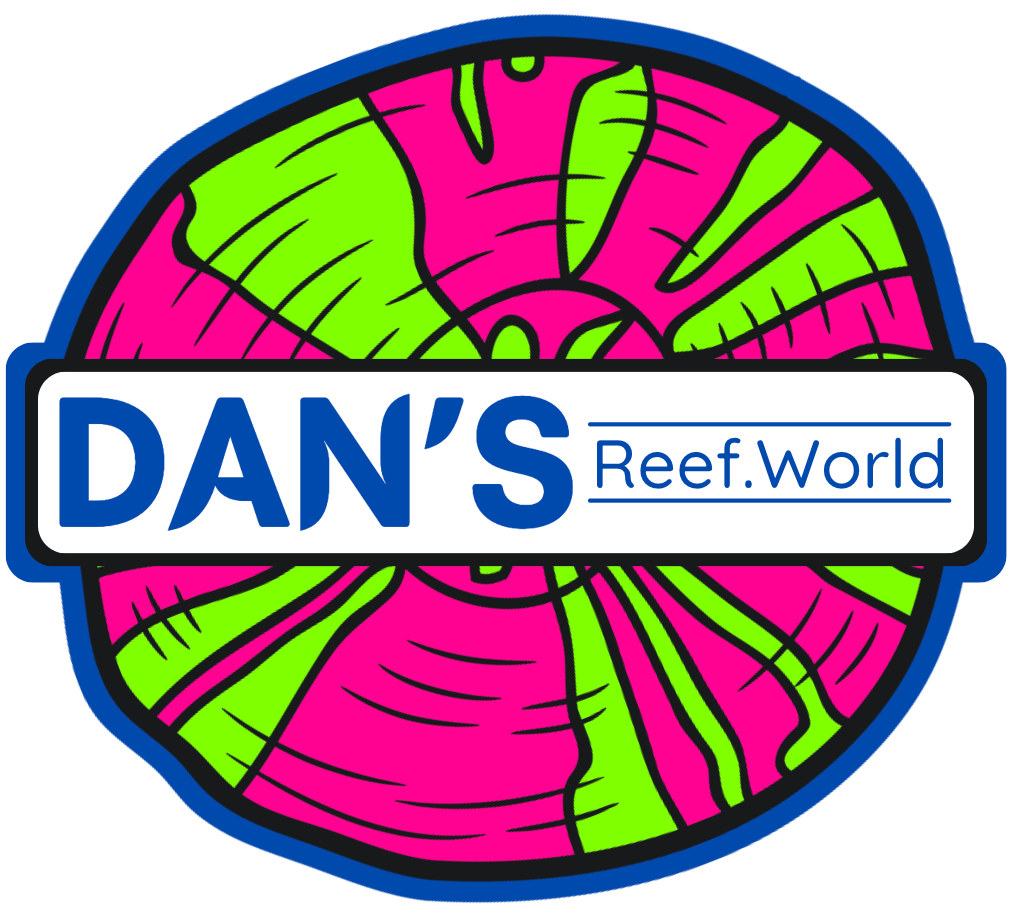Intro - Family Meandrinidae
Coral reefs, often referred to as the “rainforests of the sea,” are home to a breathtaking array of marine life and play a crucial role in maintaining the health of our oceans. Among the many coral families that contribute to this vibrant ecosystem, the Meandrinidae family stands out for its unique morphology and ecological significance. In this blog post, we’ll delve into the fascinating characteristics of Meandrinidae corals, their role within reef ecosystems, and the conservation challenges they face.
-
The Meandrinidae family comprises stony corals commonly found in tropical and subtropical waters. This family includes notable genera such as Meandrina and Favia, known for their distinctive meandering growth patterns that resemble brain-like structures. These corals are typically encrusting or massive, forming large colonies that contribute significantly to the structural complexity of coral reefs.
Meandrinidae corals are renowned for their intricate and visually striking patterns. Their polyps, which can retract into the coral’s skeleton, create distinctive grooves and ridges, giving them a unique appearance. This morphology not only enhances their aesthetic appeal but also serves functional purposes, such as maximizing feeding opportunities and providing protection for the polyps.
-
Coloration in Meandrinidae corals varies widely, ranging from rich browns and greens to vibrant yellows and purples. This diverse color palette is a result of the symbiotic relationship with zooxanthellae, microscopic algae that live within their tissues. These algae perform photosynthesis, supplying the corals with essential nutrients while benefiting from a protected habitat.
-
Meandrinidae corals play a vital role in the health and stability of coral reef ecosystems. As important reef builders, they contribute to the physical structure of the reef, providing habitat and shelter for a diverse array of marine organisms, including fish, crustaceans, and invertebrates. Their complex formations enhance biodiversity, creating microhabitats that support various life forms.
In addition to their structural contributions, Meandrinidae corals help stabilize sediments and mitigate coastal erosion. By binding sediments together, they foster a healthier environment for other marine species and contribute to the overall resilience of reef ecosystems.
-
Despite their ecological significance, Meandrinidae corals face numerous threats. Climate change is one of the most pressing issues, as rising sea temperatures can lead to coral bleaching—a process where corals expel their symbiotic algae, resulting in loss of color and essential nutrients. Prolonged bleaching can weaken corals, making them more susceptible to disease and mortality.
-
Ocean acidification, caused by increased carbon dioxide levels in the atmosphere, poses additional challenges by impairing the corals’ ability to produce their calcium carbonate skeletons. Pollution from coastal development, agricultural runoff, and plastic waste further threatens the health of Meandrinidae corals, disrupting the delicate balance of reef ecosystems.
-
Addressing the challenges facing Meandrinidae corals requires a multifaceted approach to conservation. Establishing marine protected areas (MPAs) is crucial for safeguarding these corals and their habitats from human impact. Restoration efforts, such as coral gardening and transplantation, are also being implemented to revive damaged reefs and support the growth of healthy coral populations.
Raising public awareness about the importance of coral reefs and the threats they face is vital in fostering a culture of conservation. Educating communities on sustainable practices and responsible coastal development can help protect these invaluable ecosystems. Supporting marine conservation organizations and advocating for policies that promote reef protection can also contribute significantly to the preservation of Meandrinidae corals.
-
The Meandrinidae family of corals is a remarkable component of the complex ecosystems that make up coral reefs. Their unique morphology, ecological roles, and resilience underscore the importance of conserving these incredible organisms. As we confront the growing challenges posed by climate change and human activities, prioritizing the protection of Meandrinidae corals and the habitats they support is essential. Together, we can ensure that these vital corals continue to thrive, enriching our oceans and the biodiversity they sustain for generations to come.




